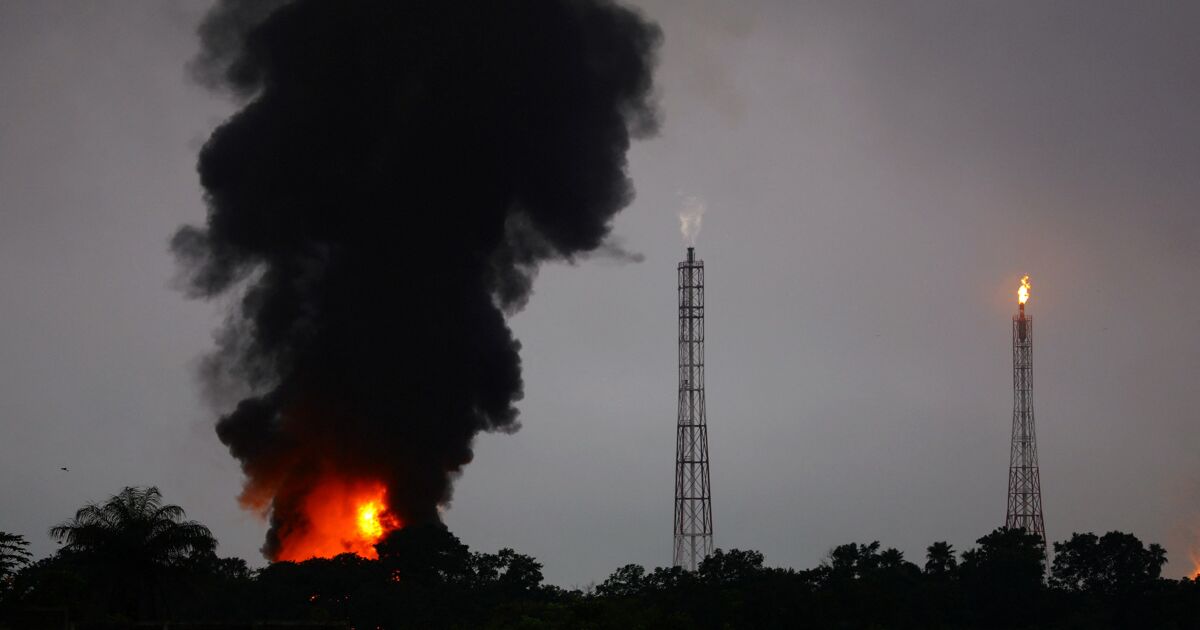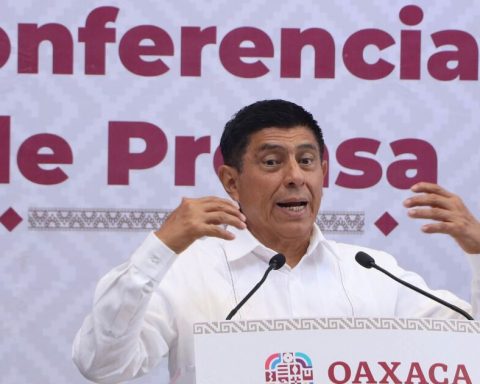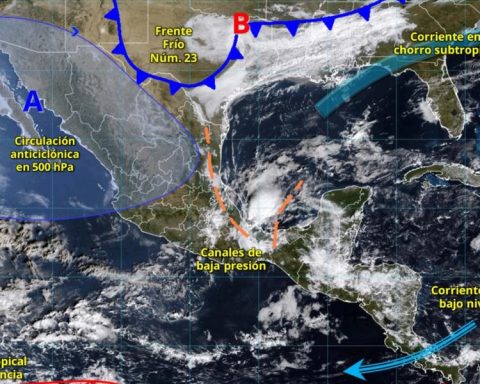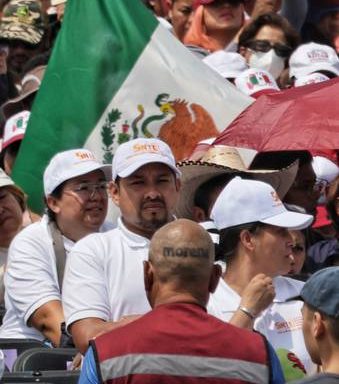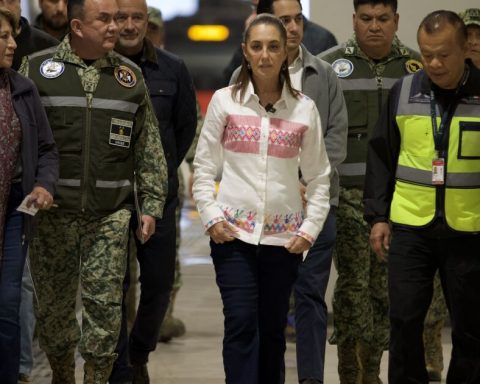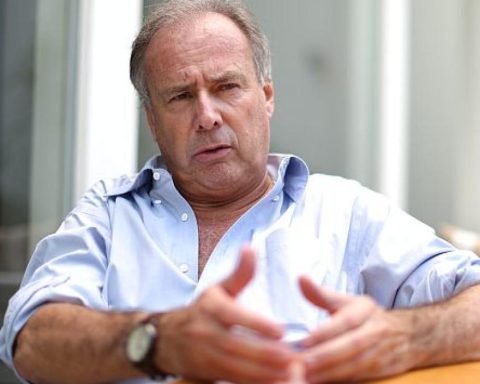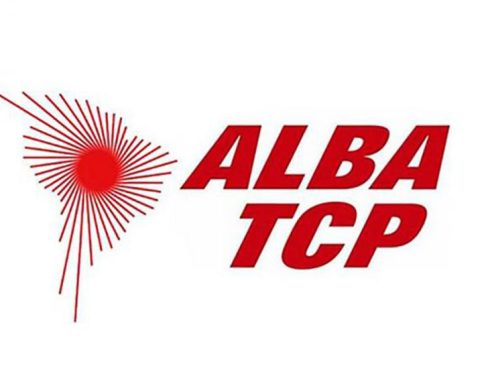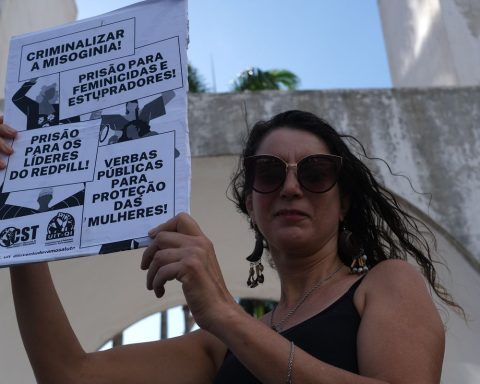“The risk that the price of oil continues to drop exists because there may be a global slowdown and then the price may fall, but there we have an oil hedge that allows us to shield the budget and that is not necessarily going to lead us to make cuts. in our spending, we can shield the budget and isolate the impact of the fall in the price of oil”, said Gabriel Yorio, undersecretary of the Treasury in a meeting with deputies of the Treasury Commission.
The agency is already analyzing the outlook for contracting coverage for the following year, according to the official.
“What this is going to generate is that although we can have more income, we are also going to have more expenses because we do not have energy sufficiency and especially in the production of gasoline, by bringing these two effects I only consider that it is important to contemplate that the price is falling and probably the price of futures is going from 70 to 65 dollars per barrel for the Mexican mixture in 2023”, he explained to deputies prior to voting on the opinion for the Federal Income Law 2023 .
Yorio explained that depending on geopolitical tensions, the price of gasoline can rise faster than that of oil, which allows prices to move the same, but the difference between income and expenses can be widened.
According to the 2023 Economic Criteria, the approved oil price for 2022 is 55.1 dollars per barrel, when the latest Treasury estimate for this year is 93.6 dollars per barrel.
By 2023 the price is expected to be 68.7 dollars per barrel. At the close of this Tuesday, the Mexican mix was trading at 77.47 dollars.
